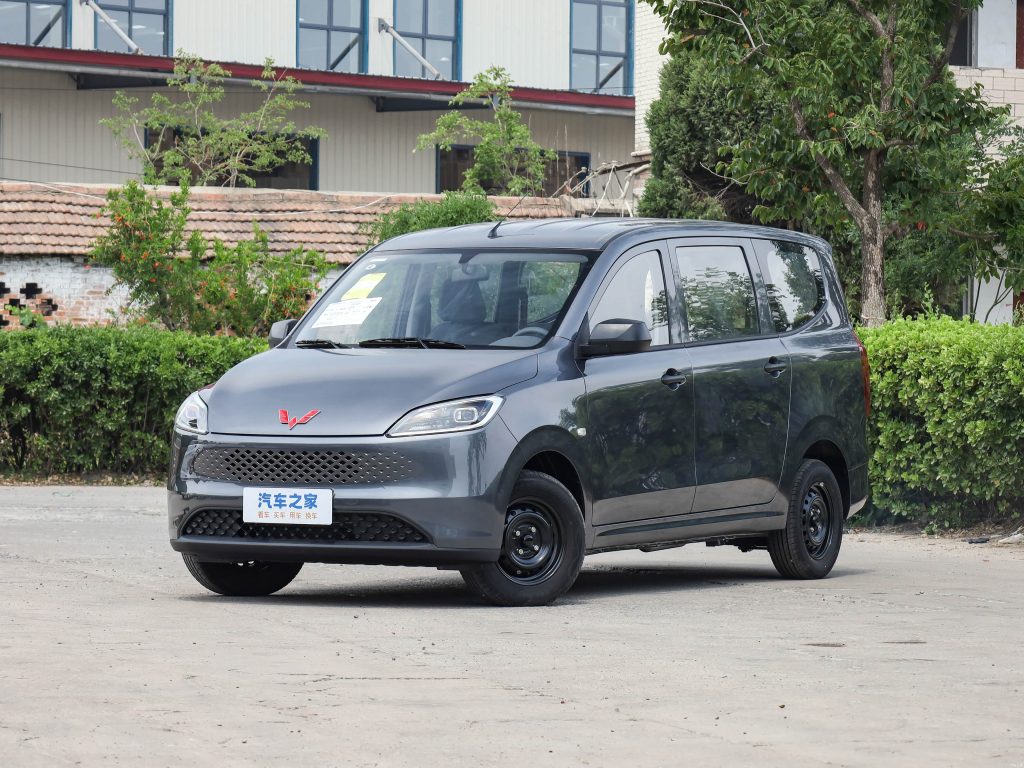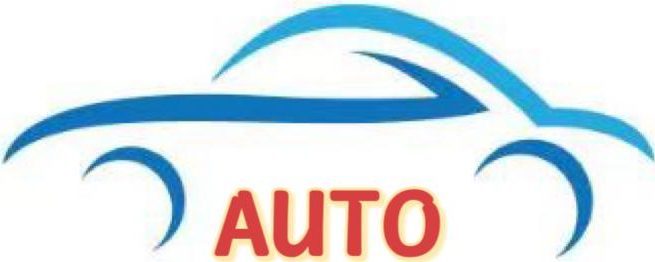China’s economy depends on the sales volume of Wuling Motors

The “underbody” of China’s economy is linked to the sales curve of commercial vehicles. Especially for national models like Wuling Hongguang, they can indeed more intuitively reflect the resilience and vitality of the underlying economy. Compared with the hotspots in the high-tech field such as AI (DeepSeek), short videos (TikTok), or the export of new energy vehicles, which undoubtedly demonstrate China’s innovation explosion, the foundation of the economy is often hidden in the daily efforts of countless ordinary people – from rural transportation, urban logistics to small and micro entrepreneurship. These fields are not as easily captured by macro data as large factories or office buildings, but they directly drive consumption, employment, and regional vitality.
Why are commercial vehicles the “barometer” for observing the economic foundation of China?
The “Hongguang Index” is a particularly vivid metaphor. Essentially, it refers to the fluctuation curve of the sales volume of the Wuling Hongguang series. As an unofficial but widely recognized economic indicator, it reflects the process of urbanization, the activity level of small and medium-sized enterprises, and the recovery of the individual economy. For example:
Historical mirror: In the 1980s and 1990s, Wuling models (such as early minivans) accompanied rural reforms and became the preferred means of transportation for rural areas and small vendors, driving a sharp increase in the number of individual businesses. Entering the 2010s, the sales curve of Wuling Hongguang kept pace with the acceleration of urbanization. Every additional unit sold symbolized the “poverty alleviation and prosperity” of one more household or the activation of a rural industry. This is no coincidence; rather, it is due to its low cost and high practicality, which perfectly match the pain points of the underlying economy.
Current vitality: During the post-pandemic recovery period and the transition to new energy, the sales of Wuling Red Label (commercial vehicle series) often rebound ahead of other indicators. Compared with macro data such as total retail sales of consumer goods (SOCO), the sales volume of commercial vehicles is more down-to-earth and can capture the micro-pulse of the “new agricultural economy” (such as agricultural product transportation), “new retail” (express logistics), and “new individual economy” (street vending, less-than-truckload freight). Economists indeed did not expect that a single vehicle could serve as such a “mirror image”, but the data support this: Wuling Hongguang has achieved cumulative sales of over 5.9 million units, firmly holding the position of the leader in the commercial vehicle market.
Verify this year’s data: The performance of Wuling’s red label
In the first half of 2025, the sales volume of Wuling Red Label increased by 10.4% year-on-year, exceeding 300,000 units, and achieved five “firsts” (possibly referring to niche markets such as new energy commercial vehicles and light commercial vehicles). Judging from the public data, Wuling’s overall performance is strong. However, when it comes to red-label commercial vehicles, the data for the first half of the year is close to your description:
The total sales volume in the first quarter (Q1) was approximately 377,300 units, representing a year-on-year growth of 12.3%. Among them, new energy vehicles accounted for 52.8%, with sales reaching nearly 200,000 units, a year-on-year increase of 71.3%.
By July, the monthly sales volume of Wuling Red Label reached 49,020 units, and the penetration rate of new energy vehicles in commercial vehicles was 27.2%.
Overall, Wuling continued its growth momentum in 2025, with the penetration rate of new energy commercial vehicles exceeding 20%. This indeed reflects the resilience of the underlying economy – more ordinary strivers (such as micro truck drivers, light bus fleets, and small business owners) are voting with their feet, choosing low-cost utility vehicles to support their livelihoods. If these figures are placed in the “Hongguang Index”, it is rebounding upward, suggesting that small and medium-sized industries and retail services are becoming more active under policy stimulus (such as trade-in).
Wuling’s transition to New Energy: Why Is It So Smooth?
The success of Wuling Red Label over the past 40-plus years is not attributed to myths, but rather to closely following the pulse of China’s economy while “waiting for ordinary people”. From being a stepping stone for rural areas in the 1980s, to a tool for small businesses in the 1990s, and now to the new energy era, it has always emphasized “affordable, accessible and good” :
Inclusive Solution: Wuling was the first to apply “Lingxi Power” – the first dedicated range extender system for commercial vehicles – in commercial vehicles. Combined with an efficient hybrid engine and liquid-cooled battery, it achieves a NEDC fuel consumption of only 4.3L/100km and a combined range of over 1000km. This directly reduces operating costs: less than 0.4 yuan per kilometer (based on current oil prices and electricity charges, the fuel consumption when the battery is depleted can be as low as 3.98L/100km), saving more than 30% compared to traditional fuel vehicles. For ordinary car owners, every penny saved means more room for hard work.
Safety and Compatibility: The battery safety is optimized for urban road conditions in China (such as anti-collision and liquid cooling), and the range extender system ensures it does not fail during long-distance cargo transportation. This is not a high-end black technology, but a down-to-earth iteration that has helped countless strivers shift from fuel to new energy without adding to their burden.
Market feedback: Models such as the Wuling Hongguang Extended Range Edition have achieved a range of over 1,000 kilometers in full-load tests, helping users start businesses at a low cost. This also explains why Wuling has been able to smoothly transform in the new energy era: it has not forgotten its roots and has always been by the side of the main force of the underlying economy.
BBC’s Transformation: No Filters, recognizing China’s technological leadership
This year’s unconventional video by the BBC, “How ‘Made in China 2025’ Will Help China Rise” (original title: “Not Just DeepSeek: How ‘Made in China 2025’ Will Help China Rise”), is indeed a rare positive report. The video analyzes China’s technological dominance from drones to electric vehicles, attributing it to the government’s long-term planning and institutional advantages, without adding a “netherworld filter” or transitional sentences like “but what’s the cost?” This reflects the changing global narrative: China’s economy, which has accumulated strength over time, has extended from fundamental resilience (such as commercial vehicles) to high-tech leadership, forcing media outlets like the BBC to become objective.
In conclusion, to understand the economic foundation of China, do not overlook these “struggles on wheels”. Wuling does not create legends; rather, it witnesses and accompanies – the countless ordinary people behind it are the true pillars of its economic foundation.
